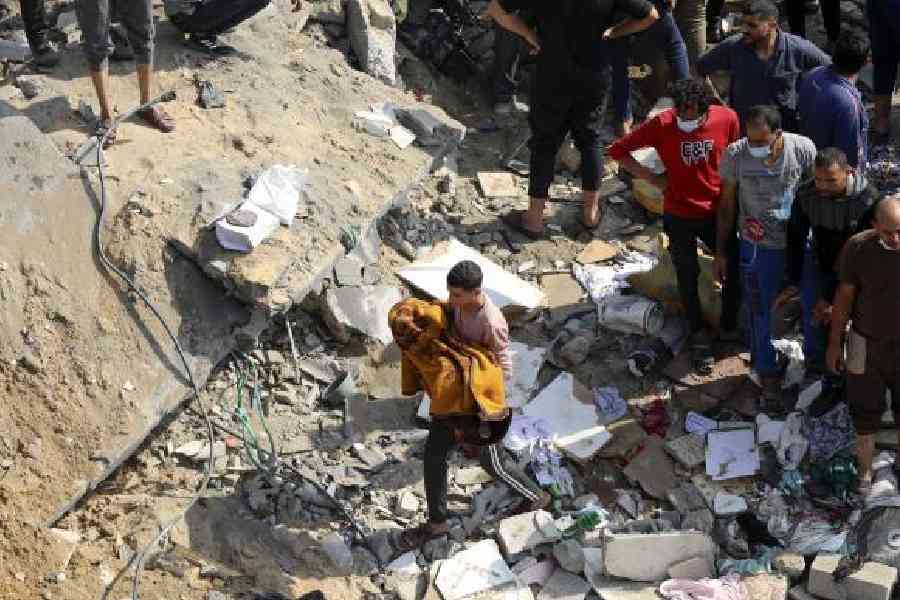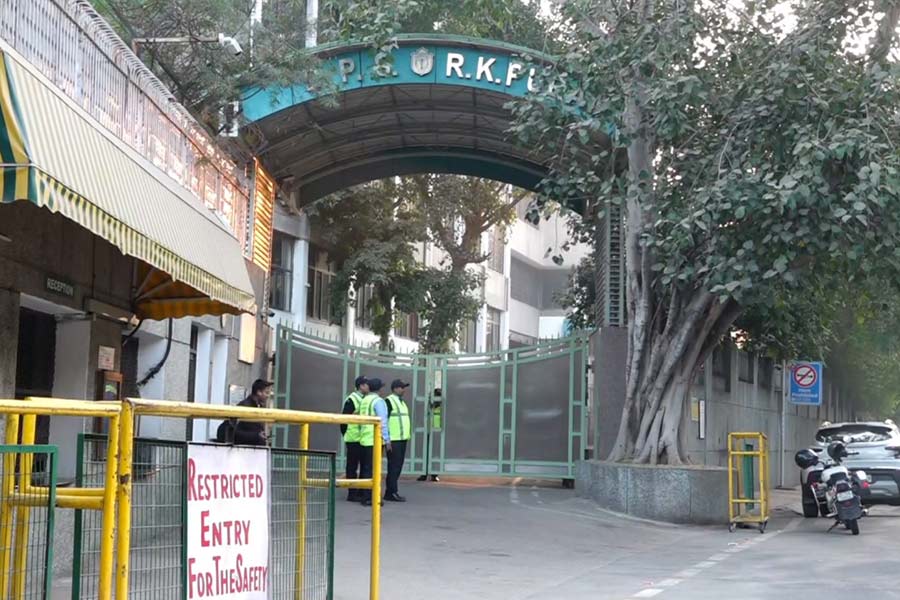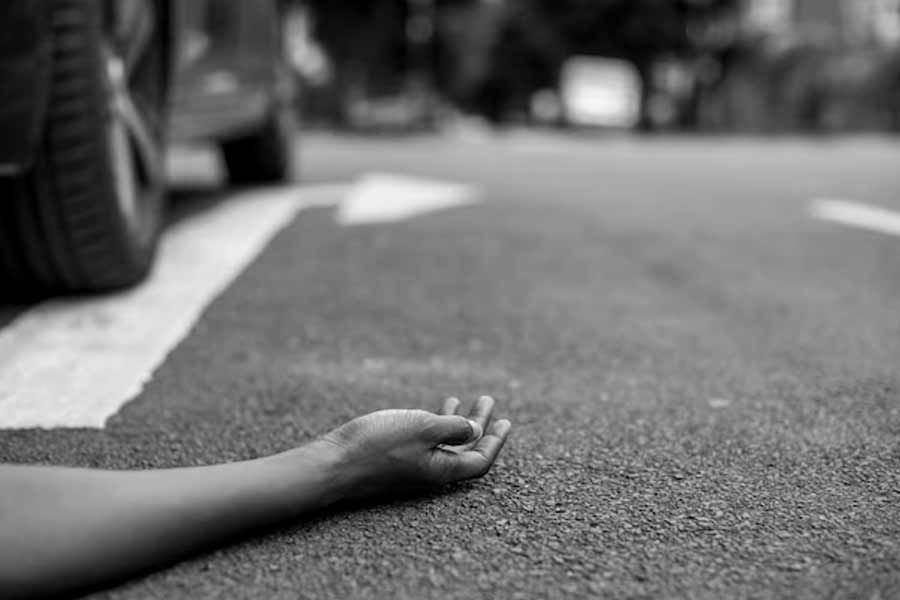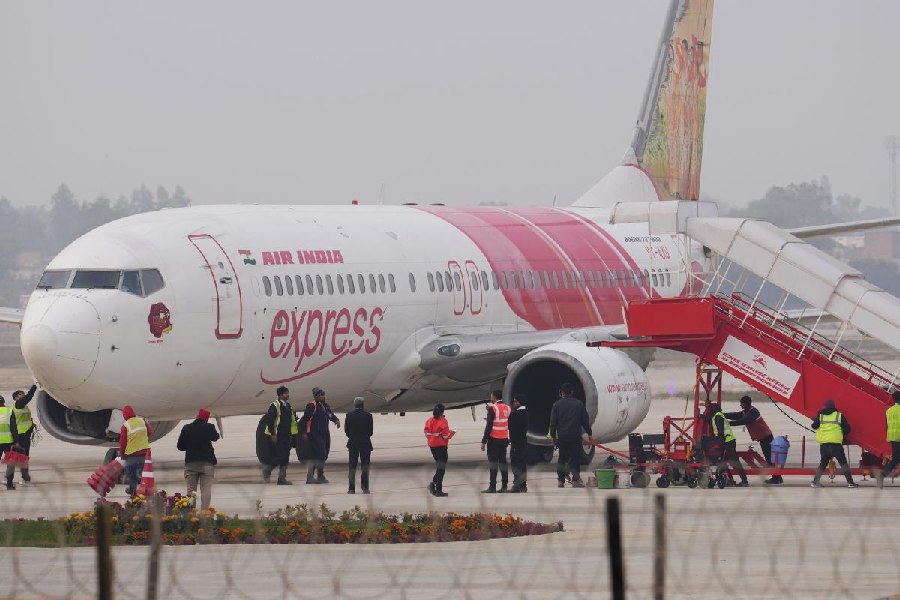The Jabaliya neighbourhood north of Gaza City was pummelled with Israeli airstrikes for a third consecutive day on Thursday, while doctors treating the victims described nightmarish scenes of operating without basic supplies or anaesthesia.
Dr Hussam Abu Safyia, director of the pediatric ward at Kamal Adwan Hospital, where many of the casualties from the Jabaliya strikes were taken, said the majority of the people arriving were children. Many were severely burned or were missing limbs.
On Tuesday, after the first strike in Jabaliya, the hospital received about 40 people who did not survive, and 250 others who were wounded, he said. The numbers were nearly the same on Wednesday when another strike hit. On Thursday, a strike damaged a UN school being used as a shelter and sent in another wave of patients: 10 dead and 80 others wounded.
“I’ve never in my life seen injuries this bad,” Abu Safyia said on Thursday by phone, adding, “We saw children without heads.”
The UN agency for Palestinian refugees, UNRWA, which runs the school, said the school had been among four of its shelters — housing nearly 20,000 people total — that had been damaged in the previous 24 hours. Twenty people were reported to have been killed at the Jabaliya shelter, the agency said, along with three people in other strikes at the Shati and Bureij camps.
The Israeli military said that in its strikes on Jabaliya, it had been targeting Hamas commanders who played key roles in the attacks on Israel on October 7, which Israeli officials said killed more than 1,400 people. The military also said that Hamas had an extensive tunnel network in Jabaliya.
On Wednesday, Abu Safyia said, he was working with a colleague in the hospital’s neonatal intensive care unit — one of two units that still had power amid a severe fuel shortage — when casualties from Jabaliya started arriving.
When they rushed down to the emergency room to help, he said, his colleague was stunned to see that two of her own children were among the dead. Her 9-year-old and 7-year-old had been killed in their home, he said, along with several of her siblings and relatives.
“We are working at a place where at any moment we expect our children, spouses, siblings or friends to come in in pieces,” he said. Some children could not be identified because of the severity of their injuries, he said. The hospital’s morgue was so full that people were stacking bodies on top of one another.
New York Times News Service











